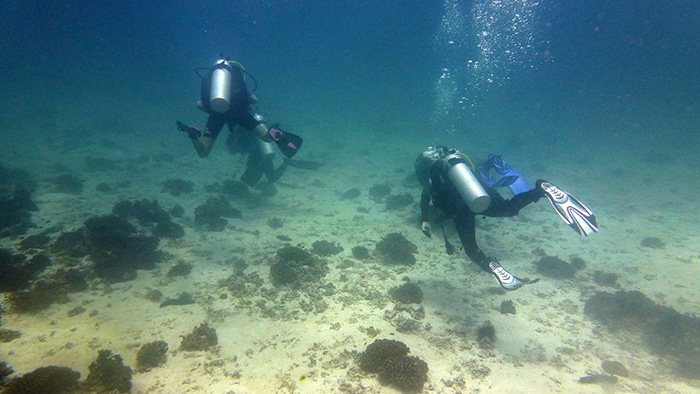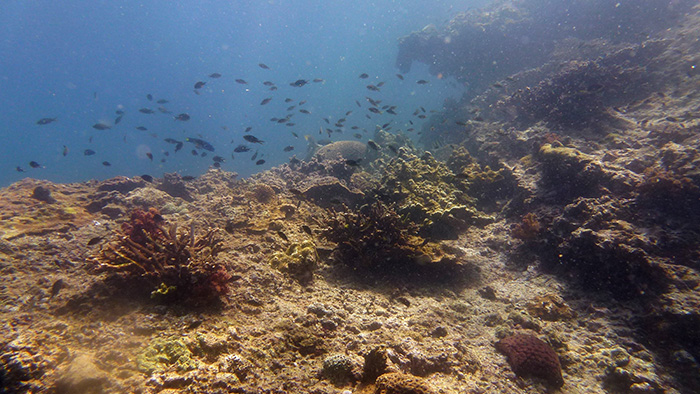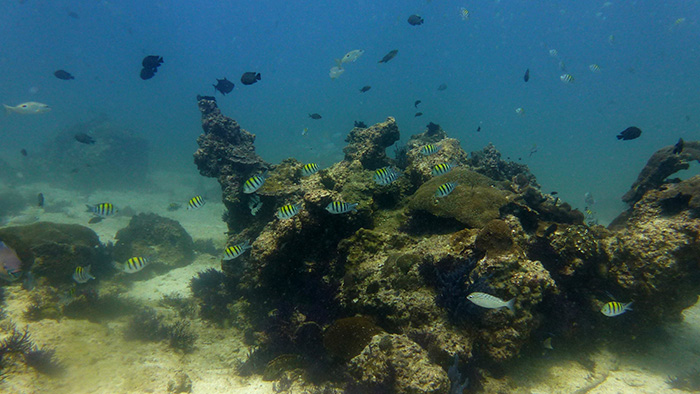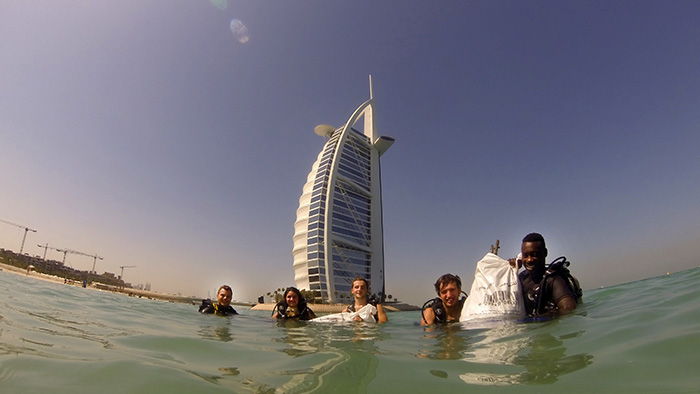Despite Dubai’s reputation for glamorous high rise buildings and luxury supercars on the roads, this city is able to boast more than just manmade accomplishments as its waters are filled with an abundance of life, a biodiversity that is seldom seen just off the coast of a rapidly growing super city. The shores of Dubai are home to hundreds of species of fish and even more species of underwater plant life. Over the years, beach goers and boat enthusiasts have reported sightings of everything from dolphins and turtles, to stingrays and whale sharks – clearly this city’s waters are blessed with life. However, as the city grows, so does the threat to these underwater varieties – with more and more rubbish and waste being produced, the higher the chance of this waste finding its way into the ocean.
Many of us have seen the troubling image of a turtle with a plastic bag wrapped around its neck, or a dolphin with a plastic water bottle stuck in its snout, and unfortunately the frequency at which these instances are occurring is increasing. Its not all bad news however, as there is something that can be done to battle this problem, something that a team of divers and I did with the Pavilion Dive Centre in late September.

A team of five divers and I undertook the task of cleaning up the reef along a wall, just off the Jumeirah Beach Hotel and removing any litter or debris that was congesting the flora and fauna, in the hopes of improving the overall health of the reef and it’s inhabitants. Obviously, this wasn’t a normal leisurely dive, and each diver had in hand a large empty rice sack, as opposed to a camera, and was ready to collect debris, as opposed to photos. On our hands, we had heavy-duty gloves, which proved very useful when we came across sunken rusty metal objects, with sharp edges jutting out. And finally on our legs we had dive knives strapped in at the ready, equipped to disentangle and cut ropes that were constricting the reef.
With all the gear prepared and checked, we set off on our mission to create a more sustainable environment on the reef. Once submerged, it was surprising to see so much life and so many colors, so close to the shore and the harbor, but nevertheless, the reef wall was vibrant and animated – all the more reason to keep it in pristine condition.

The search began. At first it was pleasing to see the scarcity of debris and litter throughout the reef, instilling a confidence that maybe we weren’t going to find anything and that the reef itself was already clean. But as we scoured the reef further and searched for debris, the sunken objects that didn’t belong underwater soon became apparent. Moving over the reef, we’d spot a green plastic bag caught between two rocks, swaying with the current and easily mistakable for some form of plant life that a turtle or a large fish would see as very appetizing. More and more of these articles of debris became visible, and as we extracted them from the reef and collected them, the space in our bags began to quickly fill up. A piece of plastic between those rocks, an empty carton under another one, or some scrap metal resting over there. The search quickly became busy. One of the most common and most difficult to remove pieces of debris that we came across was discarded rope. Tens of metres of rope had found its way onto the reef, spreading across it, weaving through it and tangling around it – making the task of removing it to be incredibly challenging. Not only does the rope restrict the reef, but it also presents a clear hazard to any diver in low visibility that could easily become entangled in the labyrinth of twine, or any swimmer who dives down below to peek at the underwater landscape, leading to a very dangerous situation. But with a series of systematic cuts from a dive knife at certain points along the ropes where it had been entangled, we were able to free the ropes that we came across, extract them from the reef and pack them into the bags.
Continuing the search, we discovered a number of metal poles and objects abruptly jutting out of the reef and rocks, which presented a clear danger to both marine life and anyone swimming in the water. The sharp poles, probably fallen or discarded overboard from a yacht or fishing vessel, protruded out from the wall and were standing in wait, in perfect position to puncture the side of any fish or person swimming nearby. Out from the reef and into the bag the poles went; by now the bags begun to act as weights, forcing us to put in extra effort to keep them suspended in the water.

Getting closer to the rocks, we were able to find the numerous hidden objects and pieces of rubbish that were concealed behind the reef that had fallen through the cracks and accumulated under cover. Among these hidden objects were things like plastic and glass cups, tubes of electrical wire and even some components of common garden equipment. The collection continued and every new discovery would be gathered into the sacks.
As the dive was shallow, we were able to stay under for a longer period of time, maximize our time collecting the rubbish, and cleaning as much of the reef as possible. Surfacing at just over 60 minutes, our bags were full and the reef was cleaner. The empty rice sacks were now full to the brim with a plethora of odd objects and discarded rubbish. The dive had been a success. After bringing the sacks back to the dive shop, we emptied each one and catalogued the different pieces of rubbish and debris that we had extracted. The masses of ropes plastics and metals spread across the ground, and it felt good knowing that all that was now off of the reef, out of the ocean and soon to be into the proper waste disposal.

Although in the grand scheme of things, the waste that we collected seems minimal, with those objects out of the sea, there are now far less dangers to both swimmers and marine life in the area. We have decreased the chances of a marine species caught in electrical wiring, of an unsuspecting swimmer cut on a rusty metal pole or of a section of the reef being slowly worn away by a series of ropes constantly scraping against it. It is sustainable approaches like these that leave the coastal environment safer and cleaner. It allows that reef wall to now grow and develop much easier, without the interference of rubbish holding it back.
Despite the difference that has been made however, these cleanups are not the solution to the problem. Although we may have removed a few kilos of waste from the sea, it will not be long before a similar amount once again resides on the reef. Instead, the solution lies with Dubai’s residents; the proper discarding of litter and the care that must be taken to ensure this litter doesn’t end up in the ocean. And as for the enterprises; the proper use of waste bin hire services in the office as well as recycling services can go a long way to minimise ocean pollution. It’s easy to properly discard of rubbish, simply putting it in the bin, as opposed to leaving it on the ground, or making an effort to carry it until an opportunity to properly dispose of it becomes available, allowing us to achieve a more sustainable and safer environment for Dubai’s growing population, and allowing the city to boast more than just five star hotels and exotic pets.
Words + Photos By: Jake Lyle

